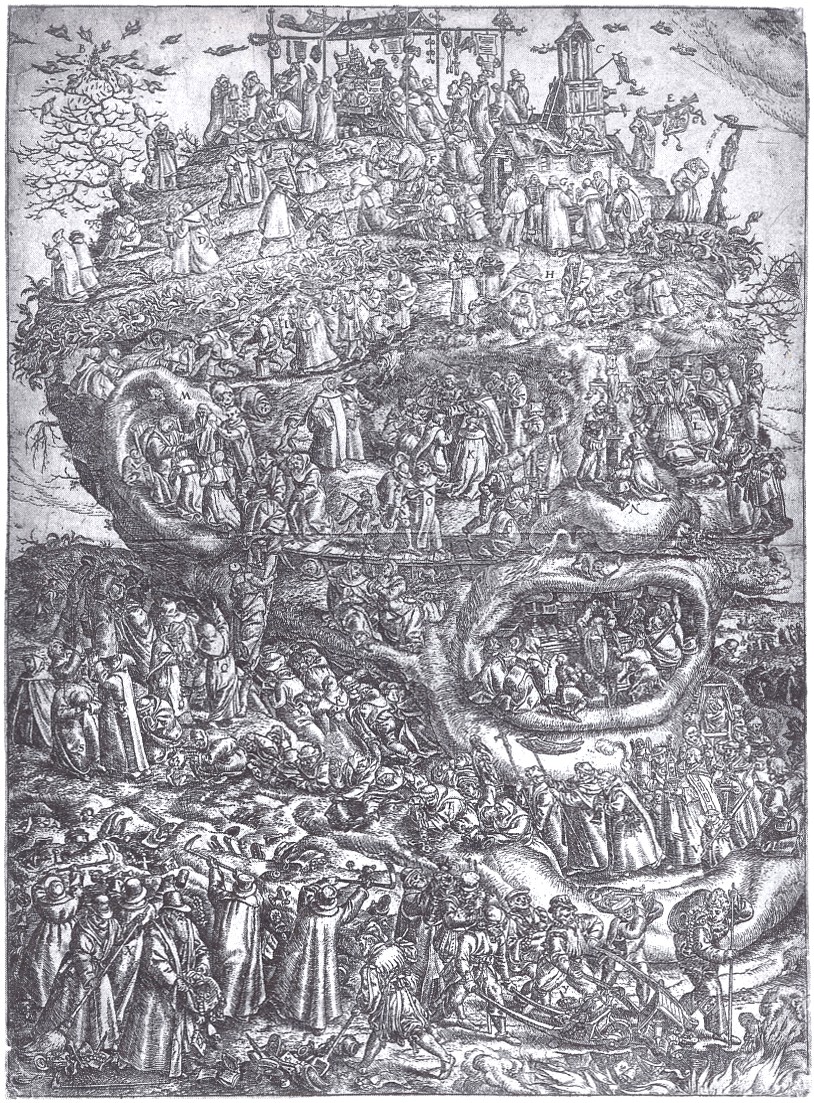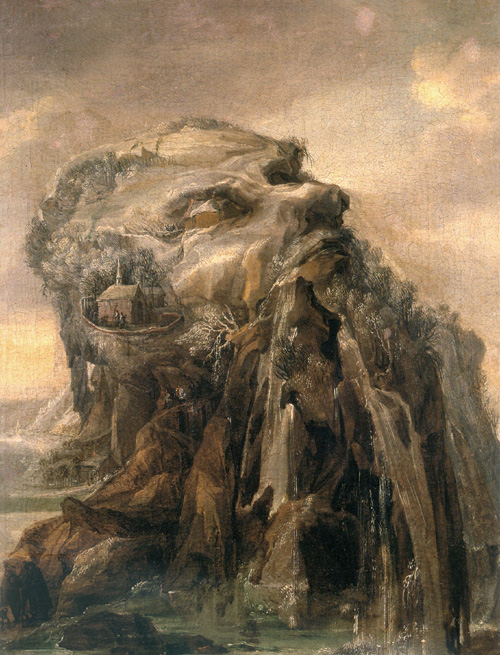The style of the elements of his paintings is mannerist, mannerism being an epoch of transition between renaissance and baroque.
However, what we see in his most famous paintings is much more a matter of perception and less about the style or epoch but completely different categorisations. His famous fruit face composite heads are visual jokes, more or less "hidden faces", in technically often an allegorically glorious mash-up combination of still life and portrait. He tickles our joyous nerves for optical illusions that works especially well for our human pattern recognition circuits calibrated for faces, pareiodolia.
Some more artists that dabbled with this, albeit not in this volume, and mostly not as "in-your-face" with it, but sometimes earlier than Arcimboldo were Leonardo da Vinci, Albrecht Dürer, Tobias Stimmer, Hans Holbein the Younger, Matthäus Merian, Anna Maria Sibylla Merian, Marcus Gheeraerts the Elder, Wenzel Hollar, Josse de Momper.
As an example from Hollar (although Athanasisus Kirchner is very similar?):

Example from Gheeraerts (alternative image)

Acrimboldo's influence extends to defining ambiguous images, reverse images, and much later vexierbilder and surrealist paintings and op-art.
A list of reversible figures on Wikipedia.
Probably direct inspiration from Arcimboldo might be found in several works of Joris Hoefnagel:

(The reproduction isn't that good: a higher resolution print yields more than the even now obvious allusions; though might have to squint a bit to see different figures emerge)
A nice portrait by Johann Michael Voltz:

Das fürchterliche Raubnest- oder Die Ruine der grossen Kaiserburg der Universalmonarchen –– commonly known as Napoleon
Example from Momper:

Joos de Momper II: "Allegorie des Winters" 17th cent. In: L' homme-paysage, p 63.
Example from Merian:

Matthäus Merian: "Campus Anthropomorphus", In: Athanasius Kircher, Ars magna lucis et umbrae, 1646. In: L' homme-paysage (siehe Literatur), p 16.
Example from Dürer:

Albrecht Dürer, Aquarell bez. „der fenedier clauwsen“, 1495. In: L' homme-paysage, S. 54.
Example from Stimmer:
 Caput Gorgoneum, second half of 16th century
Caput Gorgoneum, second half of 16th century
Thomas DaCosta Kaufmann: "Arcimboldo: Visual Jokes, Natural History, and Still-Life Painting", University of Chicago Press: Chicago, London, 2009.
Pictures of Dürer, Momper, Merian in: L' homme-paysage. Visions artistiques du paysage anthropomorphe entre le XVIe et le XXIe siècle. Sous la direction d'Alain Tapié et de Jeanette Zwingenberger [Exposition, 15 octobre 2006 - 14 janvier 2007, Palais des Beaux-Arts de Lille] Paris: Somogy Éd. d'Art, 2006. (src)









